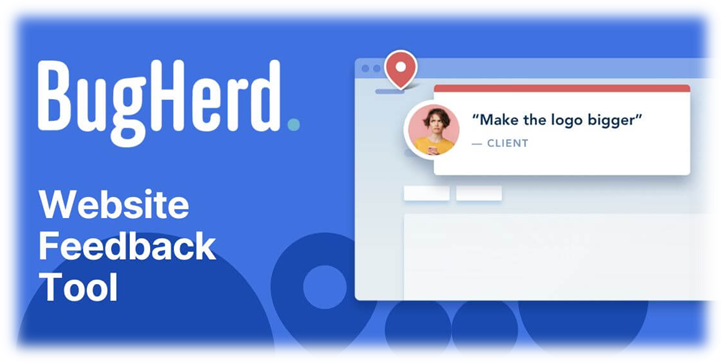Search engine optimisation (SEO) has always been data-driven. Marketers and website managers rely on user feedback to improve content, increase visibility, and track progress. However, with the reduction of third-party cookies, tracking user behaviour has become increasingly difficult. For Australian businesses and web design firms, this change entails finding smarter ways to monitor SEO efficacy while maintaining visibility into what drives performance.
In a cookie-free environment, event tracking and data modelling are emerging as the most dependable options. Let’s look at how these tactics help to ensure accurate SEO measurement and what practical steps organisations can take to adapt.
Why the Cookie-less Era Matters for SEO
Third-party cookies were originally the foundation of online tracking. They permitted firms to:
• Track user journeys across several websites.
• Assign conversions and engagement to specific campaigns.
• Create retargeting strategies for advertising.
Cookies are currently being phased out by privacy-first laws and policies (such the GDPR and the amendments to Australia’s Privacy Act). This change implies the following for website managers:
• Limited understanding of which SEO methods directly impact conversion rates.
• Difficulty comprehending multi-touch client journeys.
• Increased use of first-party data and privacy-safe measurement technologies.
Event tracking and modelling, which provide greater control while protecting user privacy, can help with this.
What is Event Tracking in SEO?
Event tracking, which does not require cookies, allows you to track specific user activity on your website. You might discover more about what people did on a page than how many people visited it.
Examples of SEO-related events include:
- Clicking a phone number or email link.
- Downloading a PDF or brochure.
- Submitting a form or enquiry.
- Playing a video on a landing page.
- Adding an item to a cart or wishlist.
Implementing event tracking allows businesses to link SEO activities (such as blog post development or ranking enhancements) to major user interactions.
Why it matters:
- Better ROI tracking – You can track conversions directly instead of guessing which page produced a lead.
- User behaviour insights – Assists in determining what type of content will engage visitors.
- Content optimisation – allows SEO companies to adjust CTAs, keywords, and design elements based on actions rather than assumptions.
The Role of Modelling in SEO Measurement
Data modelling fills in the gaps caused by missing cookies. Modelling estimates user behaviour by using patterns and probability rather than actually tracking each individual action.
For example, if 1,000 users visit your services site and 50 fill out a contact form, modelling allows you to understand:
• How many conversions come from organic search?
• Determine which keywords or content themes resulted in the maximum engagement.
• How users engage across devices when cookies fail to connect the dots.
Common modelling approaches include:
- Attribution modelling – Crediting different touchpoints (organic search, referral, and direct visit) based on likelihood.
- Predictive modelling – Using AI and previous data to predict outcomes (for example, how ranking for a new term may increase queries).
- Conversion modelling – Filling up gaps where direct tracking is not possible, frequently aided by event data.
In reality, these approaches provide Australian organisations with a more comprehensive understanding of how SEO helps to growth, even in the absence of full visibility.
How to Adapt: Practical Steps for Website Managers & Marketers
Transitioning to a cookie-free measuring technique may appear difficult but breaking it down into specific tasks makes it manageable.
1. Prioritise First-Party Data
• Collect information via forms, newsletter sign-ups, and surveys.
• Provide helpful materials, such as guides or webinars, in exchange for contact information.
• Securely store data and tailor user experiences.
2. Set Up Event Tracking
• Use tools to track button clicks, scroll depth, and form submissions.
• Identify actions that fit with business goals, such as queries, downloads, and bookings.
• Work with web design firms to guarantee effective implementation across all devices.
3. Leverage Conversion Modelling
• Combine event tracking and data modelling to address gaps created by cookies.
• Collaborate with an SEO agency that can interpret modelled data.
• Prioritise trends and directional insights over achieving 100% accuracy.
4. Refine SEO Content Strategies
• Use event insights to determine which blog posts or landing pages drive the most leads.
• Try other content types, such as videos or FAQs, that can be tracked using events.
• Optimise CTAs, headers, and page structures based on interaction data.
5. Monitor Regulatory Updates in Australia
• Stay up to date on data privacy laws.
• Ensure user compliance by being upfront about data collection and purpose.
• Establish confidence by providing people with clear options for managing their preferences.
The Future of SEO Measurement
The transition to a cookie-free world is not a constraint; it is an opportunity. Businesses that employ event tracking and modelling can gain deeper, more relevant insights into user activity. Instead of making broad, cookie-based assumptions, you’ll focus on activities that accurately indicate customer intent.
For website managers in Australia, this means:
• Improved synergy between SEO strategies and business outcomes.
• Improved measuring methodologies to withstand future privacy updates.
• Increased collaboration among SEO teams, marketing managers, and web design businesses.
Final Thoughts
SEO measurement is developing, and organisations that adapt early will gain a competitive advantage. In a world without cookies, event tracking and modelling offer a dependable method for understanding user journeys, measuring ROI, and keeping initiatives data driven.
Partnering with an SEO optimisation agency or working with competent web design firms might help make the shift easier. Even without external assistance, implementing event tracking and modelling technologies can help your firm succeed in Australia’s privacy-conscious digital market.
Read More Gorod








